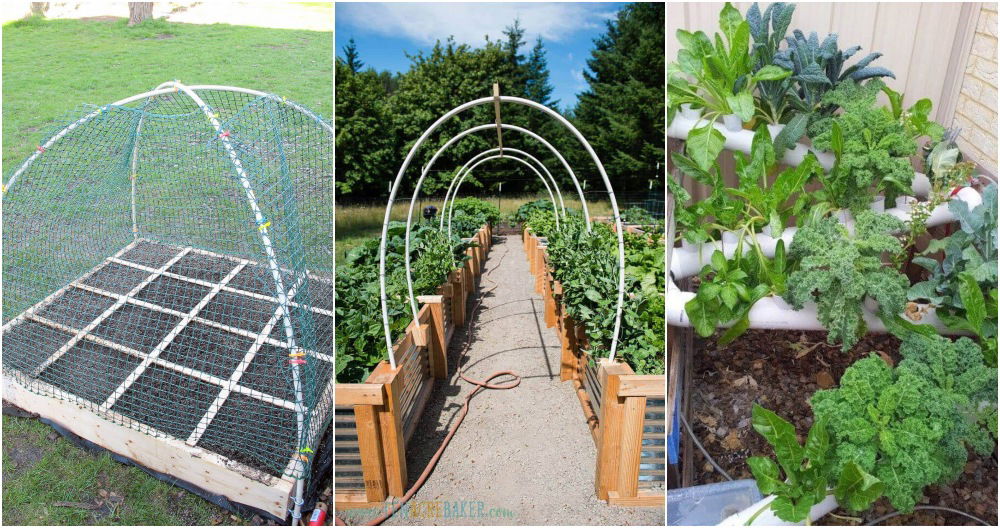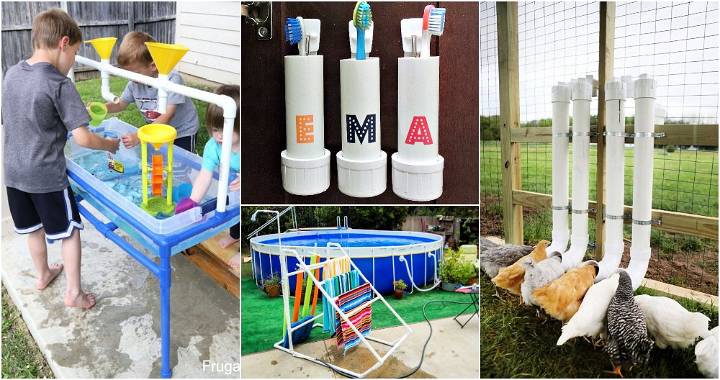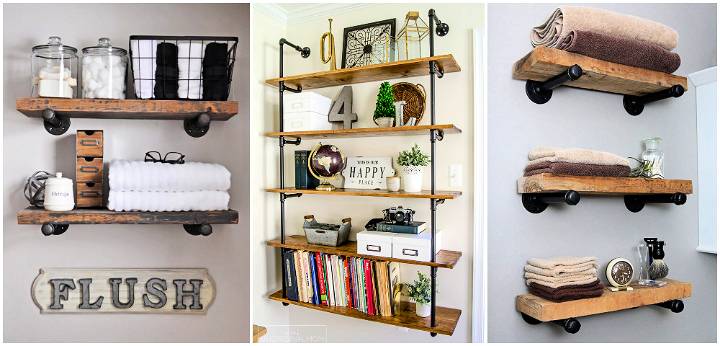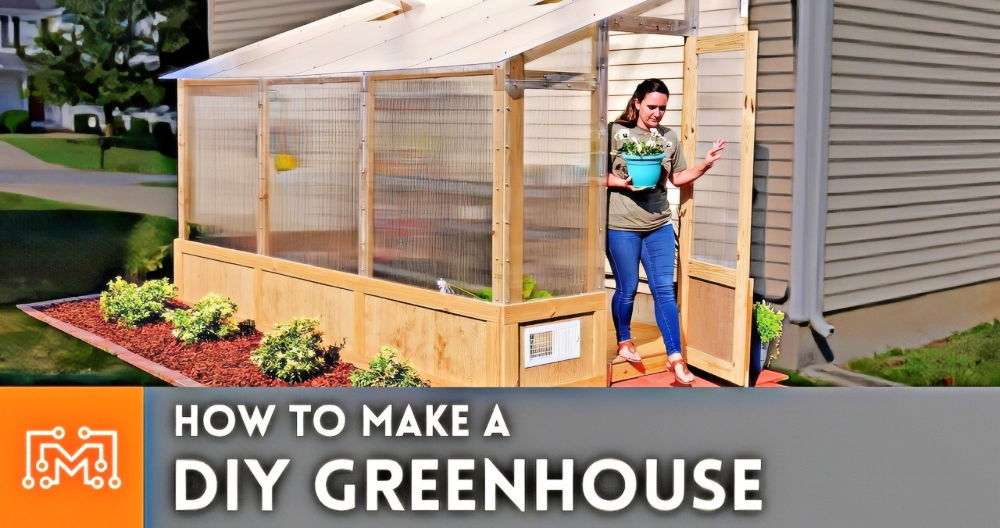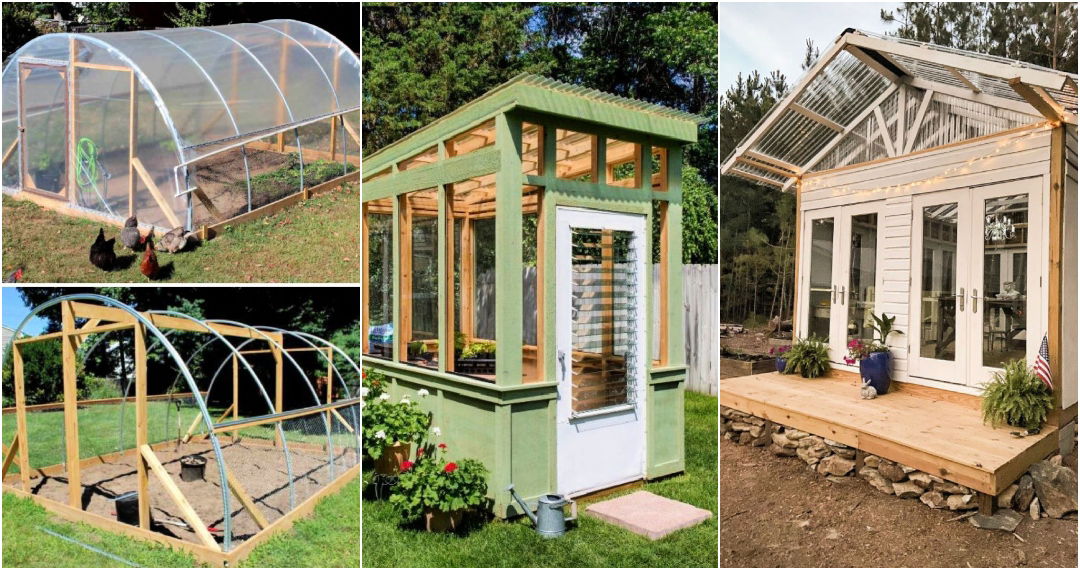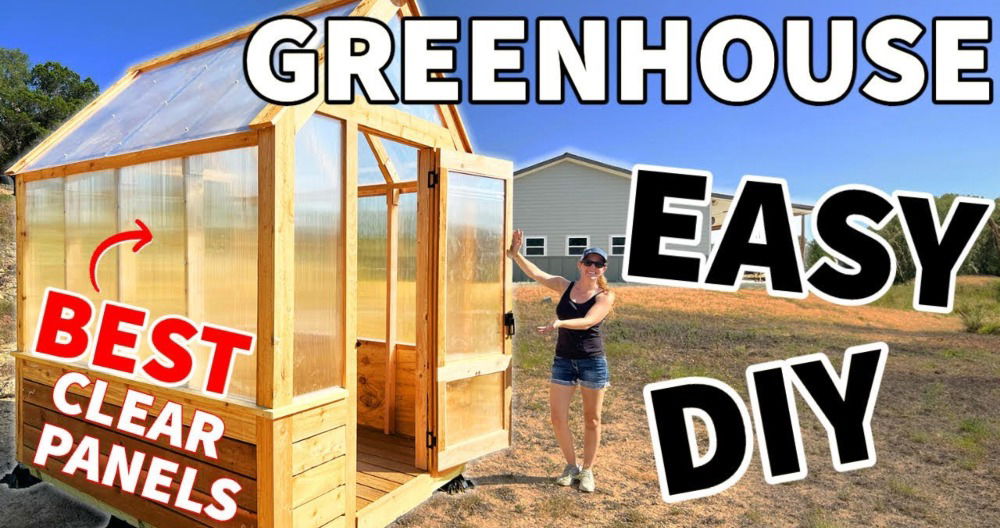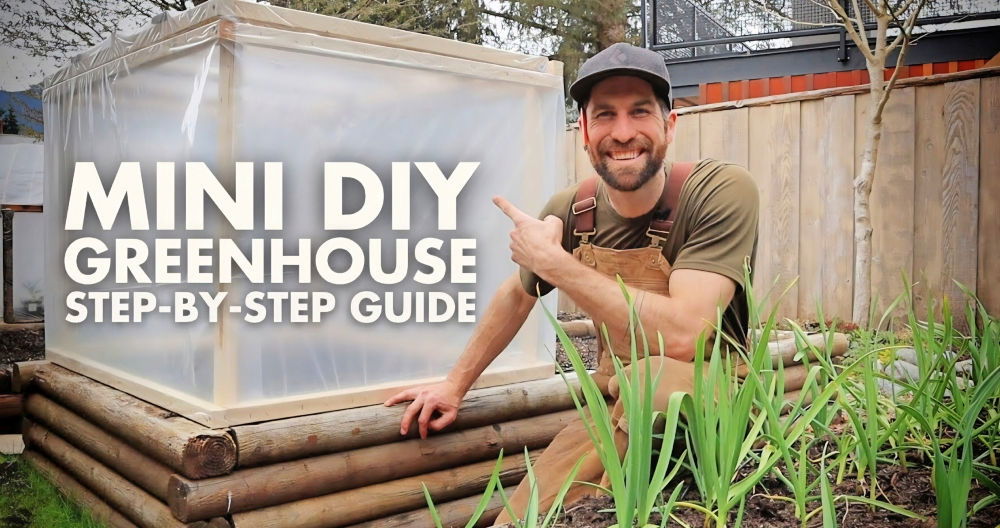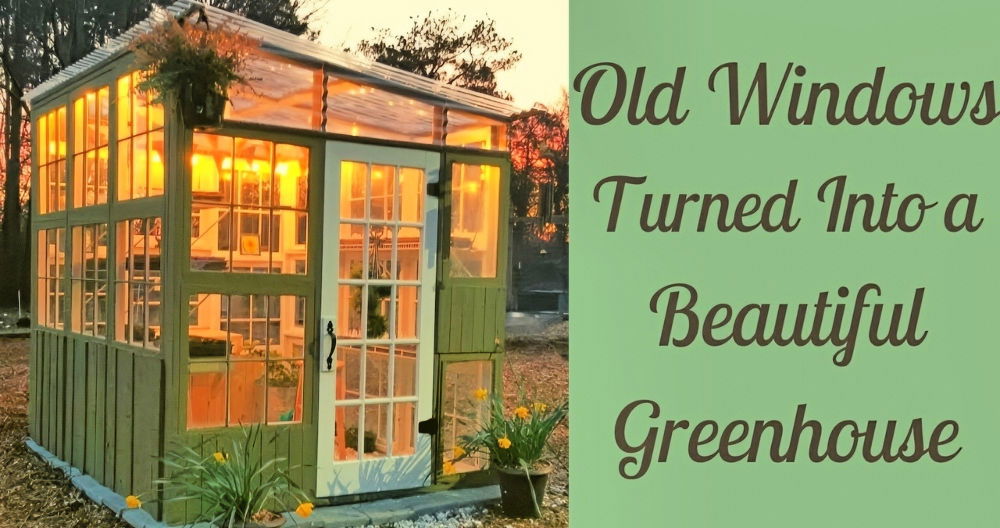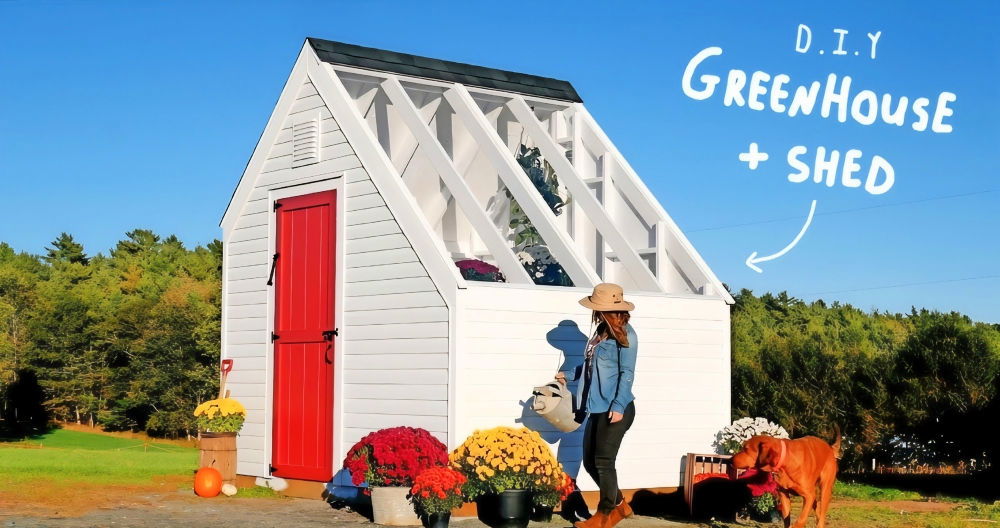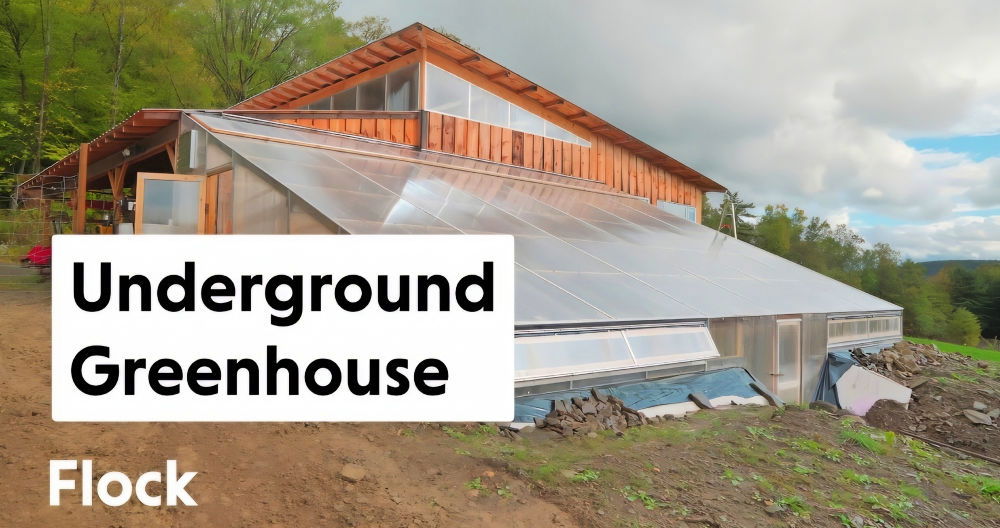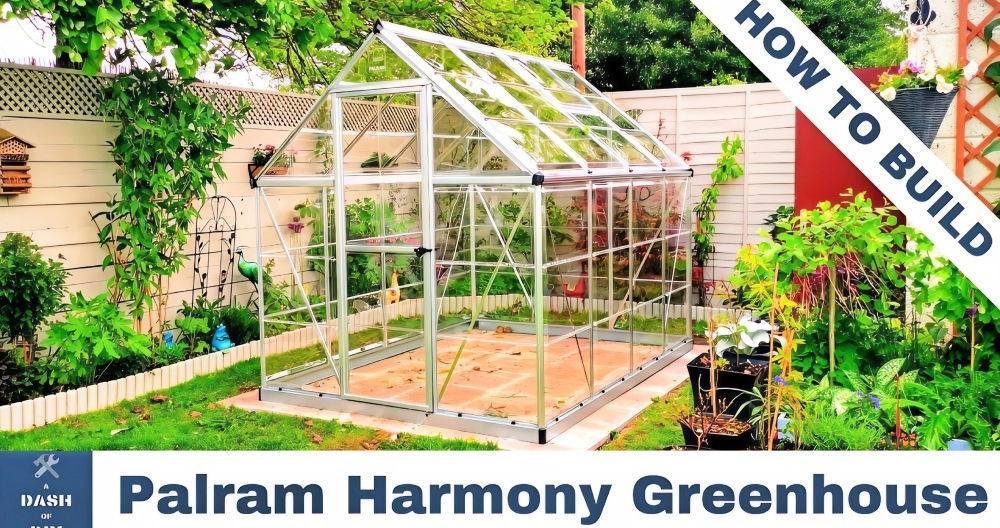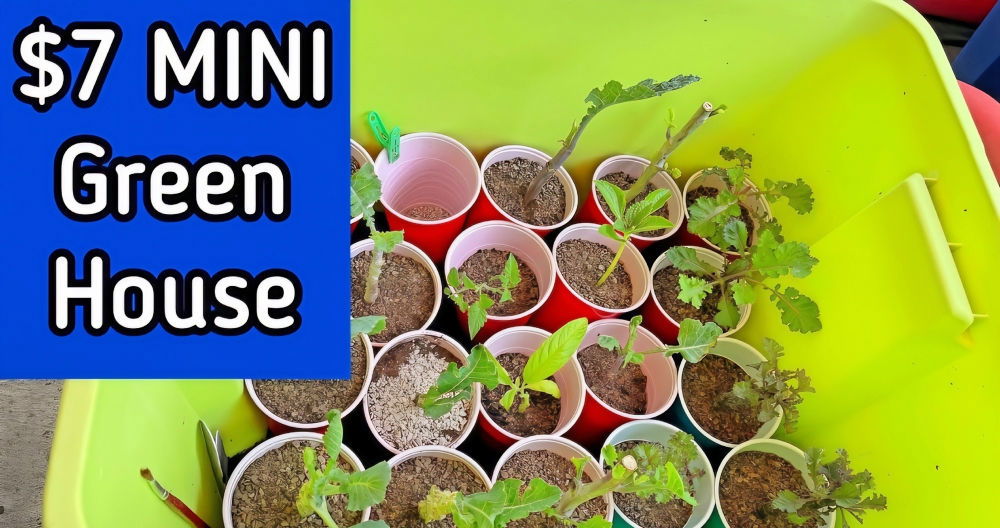Building a DIY PVC pipe greenhouse at home was an exciting project for me. I wanted a way to grow my vegetables all year round, even when the weather wasn't great. After some research, I found out that using PVC pipes would be both affordable and sturdy. The whole process was straightforward, and I enjoyed every step of it.
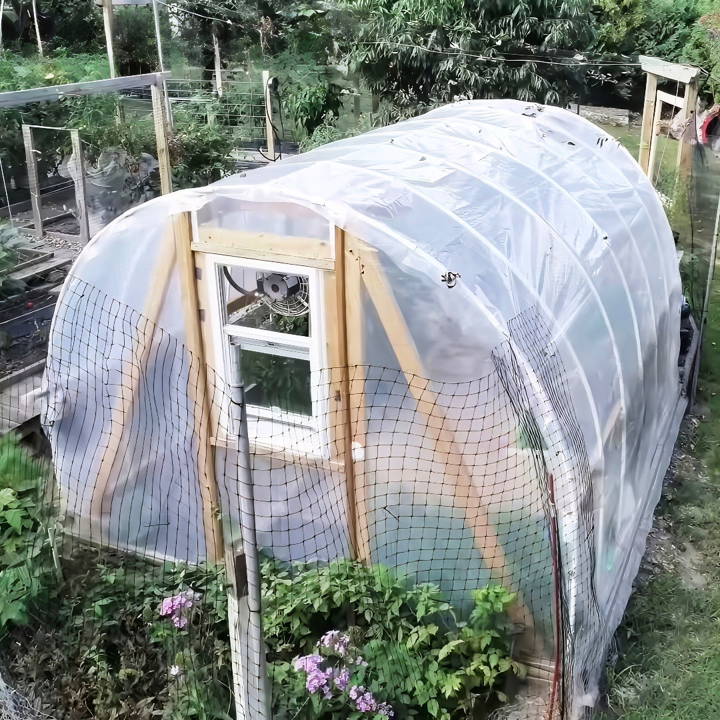
Building a PVC pipe greenhouse didn't just save me money. It also allowed me to customize the size and shape to fit my backyard perfectly. Once it was done, I felt proud and accomplished seeing my plants thrive inside.
I hope this guide will help you build your dream DIY PVC greenhouse. Starting with these simple steps can make a significant difference.
Materials Needed and Their Importance
Before I dive into the process, let me outline the materials I used and why they were necessary for this project.
- PVC Pipes: The backbone of the greenhouse, providing the structural framework. I opted for 10-foot pipes to make a suitable arch.
- Pressure-Treated Lumber (2x6s): Used for the base frame, offering durability against rot and pests.
- Greenhouse Plastic (5.5 mil): This is the cover for the greenhouse, providing a protective environment for the plants.
- Two-Hole Straps and Screws: For securely attaching the PVC pipes to the wooden frame.
- Retaining Wall Blocks: To level the ground and provide a sturdy foundation.
- Exterior Screws (3-inch): Essential for assembling the wood frame and ensuring longevity outside.
Step by Step Instructions
Learn how to build a DIY pvc greenhouse with step-by-step instructions. From ground prep to finishing touches, find solutions to common challenges.
Step 1: Preparing the Ground
The first step involved leveling the land where I planned to place the greenhouse. I used retaining wall blocks to manage the slope, making a flat surface. This step is crucial because a level foundation ensures stability for the entire structure.
Step 2: Building the Base Frame
With the ground prepared, I moved on to constructing the base frame using pressure-treated 2x6s. I cut the lumber to the desired dimensions of my greenhouse (10 feet wide by 12 feet long), keeping in mind the size of the PVC arches and the coverage area of the greenhouse plastic.
Step 3: Assembling PVC Arches
Once the base frame was ready, I started assembling the PVC arches. Every arch was made from a 10-foot PVC pipe, fitting perfectly across the 10-foot width of the base frame. For attaching the PVC pipes to the frame, I used two-hole straps, ensuring each was securely screwed in place.
Step 4: Reinforcing the Frame
To reinforce the structure, I added cross braces made from the same pressure-treated lumber. This step was critical in ensuring the greenhouse could withstand wind and other elements.
Step 5: Covering with Greenhouse Plastic
With the structure in place, the next step was to cover it with greenhouse plastic. This required careful measuring and cutting to ensure it fits perfectly over the frame, providing a secure and protective environment for the plants. I fastened the plastic to the frame using screws and washers, ensuring it was tight and wrinkle-free.
Step 6: Finishing Touches
Finally, I added a door made from leftover materials and installed a vent window for temperature control inside the greenhouse. These added features made the greenhouse more functional and easier to use.
Challenges and Solutions
Throughout this project, I faced several challenges, such as dealing with unpredictable weather and ensuring the greenhouse was completely level and square. However, with patience and meticulous effort, I was able to address these issues. Always measure twice (or even thrice) before cutting or drilling, and don't rush the process.
Customization Ideas for Your DIY PVC Greenhouse
Build a DIY PVC greenhouse to extend your gardening season. Customize it for efficiency and to meet your needs. Here are some ideas to start:
- Shelving Solutions: Maximize your space with shelves. Use lightweight materials like cedar planks or wire mesh that can be easily attached to the PVC frame. Arrange them in tiers to get the most out of your vertical space.
- Optimal Ventilation: Good airflow is crucial. Consider installing manual or automatic vent openers on the roof or sides of your greenhouse. This will help regulate temperature and humidity levels.
- Efficient Irrigation: Keep your plants hydrated with a drip irrigation system. It's water-efficient and can be connected to a timer to automate watering. You can run the irrigation lines along the shelves or directly in the plant beds.
- Door and Window Additions: Add a door or windows using the same PVC material for the frame and cover them with plastic sheeting or mesh. This will provide additional access points and improve air circulation.
- Reinforced Structure: Strengthen your greenhouse against the elements. Cross-bracing with additional PVC pipes or using metal stakes in the ground can provide extra stability.
- Light Diffusion: Control the intensity of sunlight. Apply a light-diffusing plastic film over the greenhouse to protect plants from harsh direct sunlight, which can be especially useful in hot climates.
- Pest Control: Keep pests out by securing the edges of your greenhouse with fine mesh or netting. This will allow air in but keep unwanted insects away from your plants.
- Temperature Control: Install a thermometer to monitor the inside temperature of your greenhouse. You can also use shade cloths during the hottest part of the day to prevent overheating.
- Space for Tools: Designate a space for gardening tools and supplies. A small, built-in storage area or hooks on the frame can keep everything organized and within reach.
- Personal Touches: Make it your own. Decorate with non-toxic paint, hanging planters, or install solar-powered lights for a greenhouse that's as beautiful as it is functional.
Plan ahead and consider what suits you and your plants. These ideas will help you make a greenhouse that's a gardening haven.
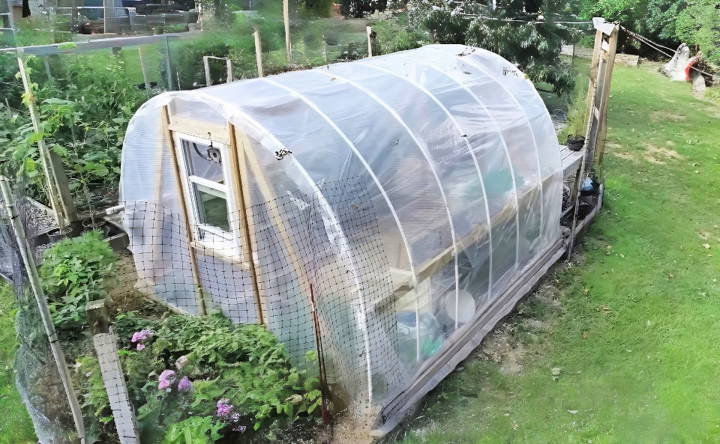
Advanced Techniques and Innovations in Greenhouse Horticulture
Greenhouse horticulture is evolving with new technologies and practices, boosting efficiency, productivity, and sustainability. Here are some innovations shaping the future of greenhouses:
- Smart Greenhouse Technologies: Smart greenhouses incorporate automation and data analytics to make optimal growing conditions. Sensors and control systems manage everything from temperature to humidity, light levels, and irrigation. This precision farming approach ensures plants receive exactly what they need for healthy growth.
- Hydroponics and Soilless Cultivation: Hydroponics, the practice of growing plants without soil, is becoming more prevalent in greenhouses. This method uses nutrient-rich water solutions, allowing for better control over plant nutrition and resulting in faster growth rates and higher yields.
- LED Lighting Systems: LED lights are replacing traditional lighting in greenhouses due to their energy efficiency and the ability to customize light spectra. This can lead to improved plant growth and allows for year-round production, regardless of natural light availability.
- Renewable Energy Integration: Greenhouses are increasingly using renewable energy sources, such as solar panels, to reduce their carbon footprint. This not only helps the environment but also lowers operational costs in the long run.
- Robotics and Automation: Robotic systems are being deployed for tasks like planting, harvesting, and monitoring plant health. Automation reduces labor costs and increases precision in repetitive tasks.
- Vertical Farming: Vertical farming techniques maximize space by growing plants in stacked layers. This approach is particularly useful in urban areas where space is limited.
- Climate Control and Monitoring: Advanced climate control systems maintain the perfect environment for plant growth. Real-time monitoring allows for quick adjustments to ensure optimal conditions are always met.
- Water Conservation Techniques: Innovations in irrigation, such as drip and mist systems, significantly reduce water usage. These systems deliver water directly to the roots, minimizing waste and improving water efficiency.
- Use of Biodegradable Materials: Biodegradable pots and other planting materials are becoming more common, reducing waste and improving sustainability in greenhouse operations.
- Genetic Optimization: Research into plant genetics is leading to the development of crop varieties specifically suited for greenhouse cultivation. These optimized plants can offer better disease resistance and higher productivity.
Adopting advanced techniques, greenhouse growers can boost crop yields and promote sustainable agriculture. With ongoing tech advances, the future of greenhouse horticulture looks promising.
Troubleshooting Common Issues in DIY PVC Greenhouses
When you build a DIY PVC greenhouse, you're making a special place for your plants to thrive. But sometimes, you might run into a few hiccups. Don't worry, though—most issues have simple fixes. Here's a guide to help you solve some common problems:
- Ventilation Challenges: Proper airflow is key to a healthy greenhouse. If your plants are looking a bit sad, or you notice condensation building up, you might need more ventilation. Try adding more openings or consider installing vents that can be opened or closed as needed.
- Temperature Control: Keeping the temperature just right can be tricky. If it's too hot or too cold, your plants won't be happy. Use a thermometer to keep track, and adjust your ventilation or use shade cloths to manage the heat.
- Lighting Issues: Plants love light, but too much or too little can cause problems. Make sure your greenhouse is positioned to get the right amount of sunlight. You can also use reflective materials inside to help spread the light around.
- Moisture and Humidity: Too much moisture can lead to mold and plant diseases. Keep an eye on humidity levels and use a fan or open vents to dry things out if it gets too damp.
- Structural Integrity: PVC is flexible, which is great, but sometimes it needs a bit of extra support. If your greenhouse feels wobbly, reinforce the structure with additional braces or anchors to keep it sturdy.
- Plastic Sheeting Reactions: The PVC can react with the plastic sheeting, causing it to degrade. To prevent this, cover the PVC with paint or tape where it touches the plastic. This will help your greenhouse last longer.
- Pest Intrusions: Even the best greenhouses can get unwanted visitors. If pests are getting in, check for gaps and seal them up. You can also use insect netting for extra protection.
- Watering Woes: Overwatering or underwatering can stress your plants. Set up a consistent watering schedule, and consider a drip irrigation system for even, efficient watering.
By keeping an eye on these areas and addressing issues as they arise, you'll keep your greenhouse in top shape.
FAQs About DIY PVC Greenhouse
Discover the FAQs about DIY pvc greenhouse, covering construction, materials, and tips for efficient gardening. Perfect guide for DIY enthusiasts!
A DIY PVC greenhouse is a homemade structure built using PVC pipes and plastic sheeting to create a controlled environment for growing plants. It’s an affordable and accessible project for gardeners who want to extend their growing season or protect their plants from the elements.
Building a PVC greenhouse is cost-effective, as PVC materials are generally less expensive than other options. It's also easy to construct, making it a great project for DIY enthusiasts of all skill levels. A PVC greenhouse can extend your growing season, protect plants from pests, and allow you to grow a wider variety of plants.
Absolutely! You can customize the size, shape, and features of your PVC greenhouse to fit your needs. Add shelves for plants, make larger doors for easy access, or include automatic ventilation for better climate control. Your greenhouse can be as simple or as sophisticated as you wish.
Proper ventilation is crucial for regulating temperature and humidity inside your greenhouse. You can install manual or automatic vent openings on the roof and sides. Additionally, consider using a fan for air circulation. Remember to adjust ventilation based on weather conditions to protect plants from extreme temperatures.
Maintaining your PVC greenhouse involves regular cleaning of the plastic sheeting to ensure maximum light penetration. Check the structure for any damage, especially after extreme weather, and repair as needed. Monitor the interior climate and make adjustments to keep your plants healthy. Rotate crops and manage soil nutrients to prevent disease and promote growth.
The Final Verdict
Now, you have everything you need to start your DIY PVC pipe greenhouse project. Trust me, the end result is incredibly rewarding.


